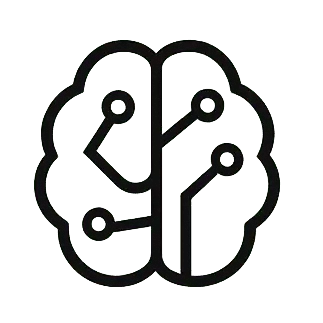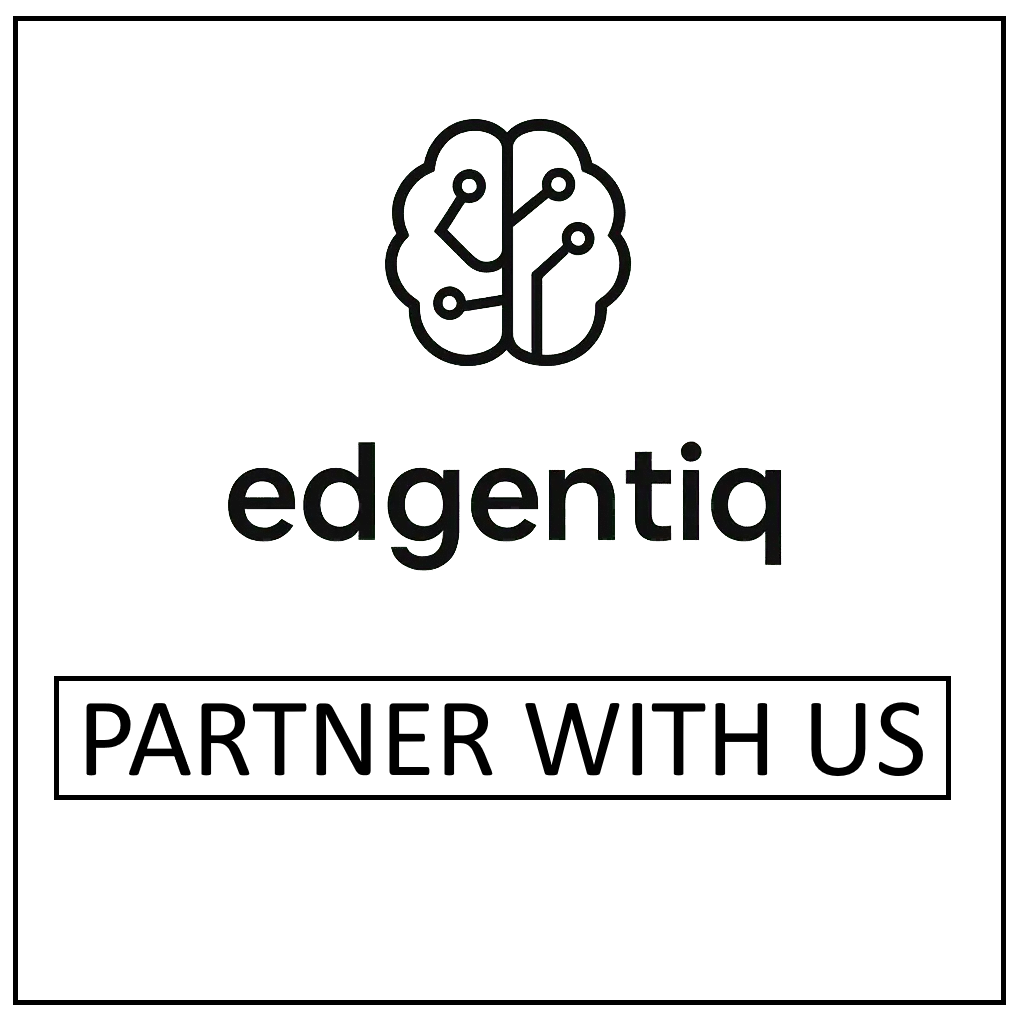TLDR: Researchers Alexander Okupnik, Johannes Schneider, and Kyriakos Flouris have developed an interactive AI model that generates dance movements by mimicking and creatively enhancing human motion. Unlike previous models, it uses single-person motion data and high-level features, combining diffusion models, motion inpainting, and style transfer. The AI mimics low-frequency human movements for alignment while generating diverse high-frequency movements, offering a flexible and improvisational dance partner without relying on costly duet datasets. This innovation paves the way for new forms of human-AI embodied interaction and artistic expression.
Recent advancements in artificial intelligence have opened new avenues for human-AI interaction, particularly with the rise of large language models. However, these interactions often lack the embodied, physical nature of human expression. Dance, a fundamental form of human communication, presents a unique opportunity to bridge this gap and explore creative human-AI collaboration.
A new research paper, “Generative human motion mimicking through feature extraction in denoising diffusion settings”, introduces an innovative interactive model designed to generate artificial dance movements that partially mimic and creatively enhance an incoming sequence of human motion data. This model stands out as the first to leverage single-person motion capture (MoCap) data and high-level features, rather than relying on complex low-level human-human interaction data, which is often difficult and costly to collect.
The core of this model combines concepts from two advanced diffusion models: motion inpainting and motion style transfer. This allows the AI to generate movement representations that are both temporally coherent – meaning the movements flow smoothly over time – and responsive to a chosen human movement reference. Imagine an AI partner that can adapt fluidly to your dance, rather than following a rigid, pre-programmed script.
One of the key challenges in creating an AI dance partner is the need for both alignment and creative difference. The researchers address this by having the AI mimic the low-frequency movements of the human partner, providing a sense of coordination, while allowing it more freedom in generating high-frequency movements. This approach ensures a playful and creative interaction, where the AI is not just a copycat but an improvisational partner.
The model’s design offers several significant advantages. Firstly, it eliminates the dependence on duet datasets, which are expensive to acquire and may hard-code human-human coordination patterns that don’t translate well to human-AI scenarios. Instead, it uses high-level features extracted from solo dance sequences. Secondly, it provides options to regulate the interaction strength during inference, allowing users to control how closely the AI mimics the human. Thirdly, it supports improvisation, as the system can extend motion as it arrives, responding to unexpected phrasing or novel transitions.
The effectiveness of the model was demonstrated by quantitatively assessing the convergence of the feature distribution of the generated samples with a test set simulating a human performer. Results showed that increasing the “interaction strength” – essentially, how much the AI refines its movements towards the reference – leads to stronger mimicry without completely sacrificing diversity. This indicates a practical balance between stylistic alignment and improvisational freedom.
Also Read:
- Aria-Duet: Real-Time AI Piano Collaboration on a Disklavier
- Unveiling Hidden Movements: An AI Approach to Pedestrian Intention Forecasting
This work represents a significant step towards AI dance partners that can truly listen to movement, modulate their style, and form a dynamic interaction with a human performer. Beyond artistic exploration, the researchers envision future applications in well-being, offering a 24/7 AI partner for movement practice, free from social pressures. Ultimately, human-AI dance is seen as a complement to, rather than a replacement for, human-human dancing, opening new forms of creative and embodied interaction.


